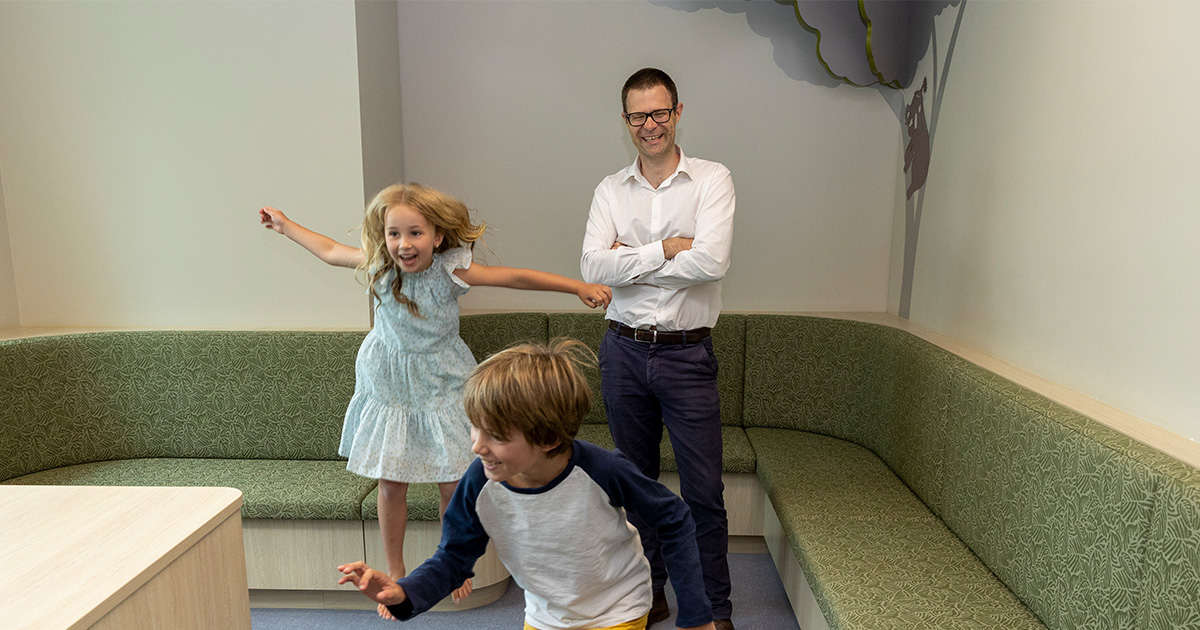Search
Research
Autism and intellectual disability are differentially related to sociodemographic background at birthWe used population data on Western Australian singletons born from 1984 to 1999 (n = 398,353) to examine the sociodemographic characteristics of children...
Research
Fetal androgen exposure and pragmatic language ability of girls in middle childhoodPrenatal exposure to testosterone has been shown to affect fetal brain maturation as well as postnatal cognition and behavior in animal studies.
Research
Fetal androgen exposure and pragmatic language ability of girls in middle childhood:This is the first prospective study to identify an association between early life testosterone exposure and pragmatic language difficulties in girls
Research
Cerebral dominance for language function in adults with specific language impairment or autismA link between developmental language disorders and atypical cerebral lateralization has been postulated since the 1920s, but evidence has been indirect and...
Research
TOBY play-pad application to teach children with ASD-A pilot trial.To investigate use patterns and learning outcomes associated with the use of Therapy Outcomes By You (TOBY. Playpad, an early intervention iPad application.
Research
Common variation near ROBO2 is associated with expressive vocabulary in infancyIn this paper we conduct a genome-wide screen and follow-up study of expressive vocabulary in toddlers of European descent from up to four studies of the...
Research
Evidence for Distinct Cognitive Profiles in Autism Spectrum Disorders and Specific Language ImpairmentThis finding supports distinct cognitive profiles in ASD and SLI and may provide further evidence for distinct aetiological mechanisms in the two conditions.
Research
Pre-existing differences in mothers of children with Autism Spectrum disorder and/or intellectual disability: A reviewThe aim of this study is to review research on the pre-existing characteristics which differentiate mothers of children with ASD and/or ID of unknown cause...
Research
“The Wrong Supports Are Worse than no Support”: Autistic Perspectives on Early-in-Life Infant Autism SupportsEvidence suggests that the earlier supports are provided to young Autistic children, the better the overall outcomes. Supports have typically only been available after an autism diagnosis but with increased knowledge about early developmental trajectories, clinical supports can now be offered prediagnosis for infants showing early autism features and/or those with a family history of autism.

News & Events
News you can use – How you can support your child while you wait for a diagnosisThe Kids Research Institute Australia's Professor Andrew Whitehouse and Sarah Pillar share four things families can do to support their child while waiting to receive an ADHD or autism diagnostic assessment.
